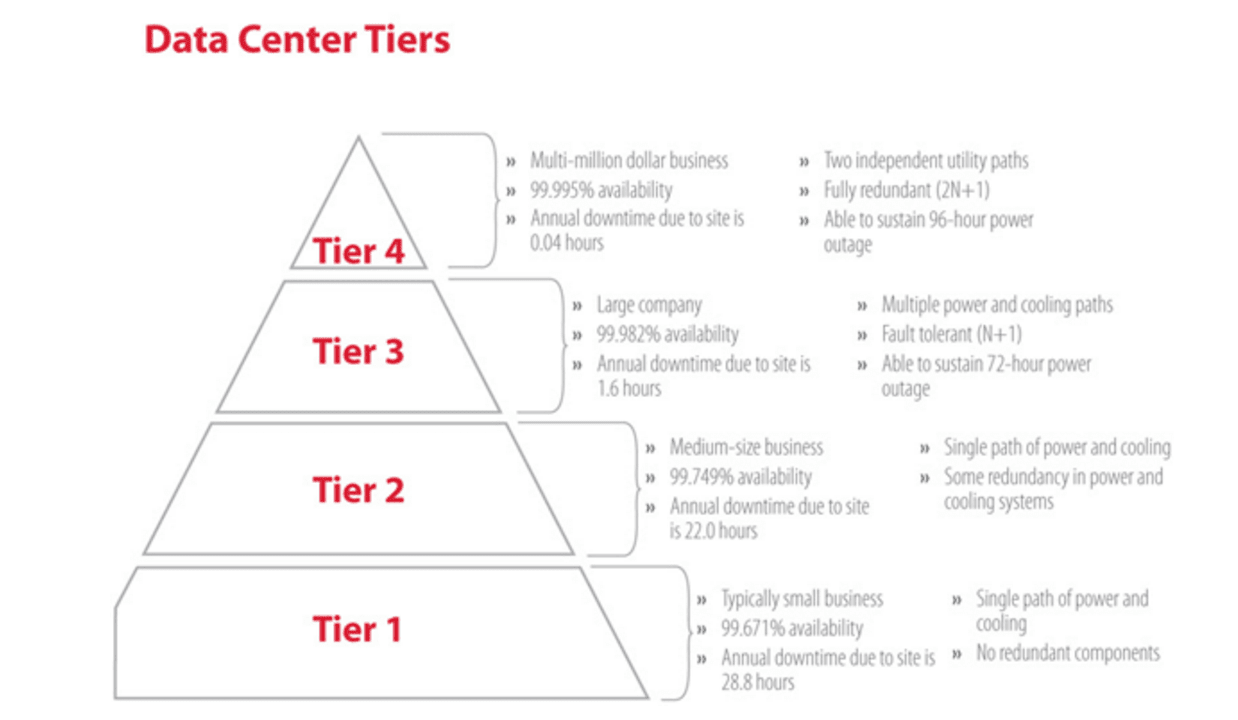Who Pays Redundancy Money? A Thorough Guide for Companies and Employees
Who Pays Redundancy Money? A Thorough Guide for Companies and Employees
Blog Article
Examining the Interplay Between Firm Redundancy and Business Flexibility for Future Growth
In the vibrant landscape these days's business world, the detailed connection in between firm redundancy and organizational versatility becomes a crucial variable for continual growth and success. Companies typically face the obstacle of striking a delicate balance between keeping a degree of redundancy to reduce threats and fostering versatility to respond swiftly to the ever-evolving market needs. This fragile interaction holds the essential to not only surviving in unstable times yet likewise flourishing when faced with unpredictability. As we check out the multifaceted dimensions of this interaction, intriguing insights into exactly how organizations navigate these intricacies to lead the way for future development wait for.
Significance of Firm Redundancy
Business redundancy is a crucial aspect that improves business strength and mitigates functional threats. By including redundancy actions within the business structure, firms can much better withstand unexpected interruptions and changes in the service setting. Redundancy works as a strategic buffer, allowing business to adjust and respond efficiently to unforeseen challenges without endangering essential procedures.
One trick facet of the importance of firm redundancy is its function in making certain connection during times of crisis. When confronted with sudden adjustments or emergencies, repetitive systems, sources, or employees can action in to maintain vital features and avoid prevalent disturbances. This continuity not just safeguards the firm's online reputation and client count on however also decreases monetary losses and operational downtime.

Strategies for Organizational Flexibility

Another essential technique is spending in modern technology and infrastructure that can support adaptability and scalability. Implementing electronic devices, automation, and information analytics can enhance operations, enhance performance, and provide useful understandings for informed decision-making. Additionally, developing versatile organizational frameworks that allow for fast changes to market dynamics and consumer demands is essential for remaining competitive in a swiftly progressing atmosphere. By proactively recognizing prospective disturbances and possibilities, companies can proactively adapt and thrive in an ever-changing company landscape.
Balancing Redundancy and Versatility
Achieving a harmonious stability between functional redundancy and business flexibility is critical in browsing the complexities of a vibrant organization environment. Striking the appropriate equilibrium in between redundancy and adaptability is a fragile useful reference process that calls for a deep understanding of the company's objectives, market characteristics, and threat tolerance.
To achieve this balance, firms need to perform regular evaluations of their operations to identify locations where redundancy is needed for danger reduction and where flexibility can drive advancement and development. Applying versatile frameworks, promoting a society of continuous discovering and renovation, and urging open interaction across all degrees of the company are vital strategies to balance redundancy and adaptability efficiently. By straightening these two essential components, companies can position themselves for sustainable development and success in an ever-changing service landscape.
Situation Studies on Adaptation Success
In taking a look at circumstances of effective organizational adaptation, it comes to be obvious that the interaction in between operational index redundancy and versatility is a specifying consider shaping resilient services. One compelling instance research is that of Netflix. At first a DVD rental service, Netflix demonstrated exceptional versatility by transitioning into a streaming system when digitalization interfered with the sector. By tactically buying innovation and web content development, Netflix not just endured but thrived in a quickly progressing market. Another standout instance is Amazon. Starting as an on the internet book shop, Amazon continuously adjusted its organization version, increasing right into diverse industries such as cloud computing and expert system. This adaptability allowed Amazon to remain in advance of rivals and meet altering customer demands. Lastly, Adobe a knockout post provides a notable image of effective adjustment. The business changed from offering software licenses to a subscription-based model, making sure repeating earnings streams and enhanced client interaction. These study highlight the significance of operational redundancy paired with organizational versatility in cultivating lasting growth and competition.
Structure Resilience for Future Development
Building strength for future development calls for a calculated placement of operational procedures with market characteristics and arising fads. Firms have to adapt to changing environments by cultivating a society of flexibility, development, and continual enhancement.
Additionally, fostering solid connections with stakeholders, such as customers, workers, providers, and the area, is vital for keeping and weathering uncertainties trust and assistance during stormy times. Effective communication and openness play an essential duty in structure resilience, as they assist assist in and line up expectations partnership in navigating unpredictabilities.
Furthermore, companies need to focus on discovering and development efforts to upskill employees and outfit them with the essential tools to adjust to altering conditions. By spending in their workforce, business can improve their adaptability and dexterity, inevitably strengthening their resilience for sustainable future development.
Verdict

In the vibrant landscape of today's business world, the detailed connection between firm redundancy and business flexibility arises as a crucial variable for continual growth and success. Companies commonly face the difficulty of striking a delicate balance between keeping a level of redundancy to minimize dangers and fostering flexibility to react promptly to the ever-evolving market needs.To achieve this balance, firms require to carry out normal evaluations of their operations to identify areas where redundancy is needed for risk mitigation and where versatility can drive development and development.In verdict, the interaction in between company redundancy and business adaptability is crucial for future development. Building strength with a combination of redundancy and adaptability will certainly make certain that companies are prepared for the obstacles of the future.
Report this page